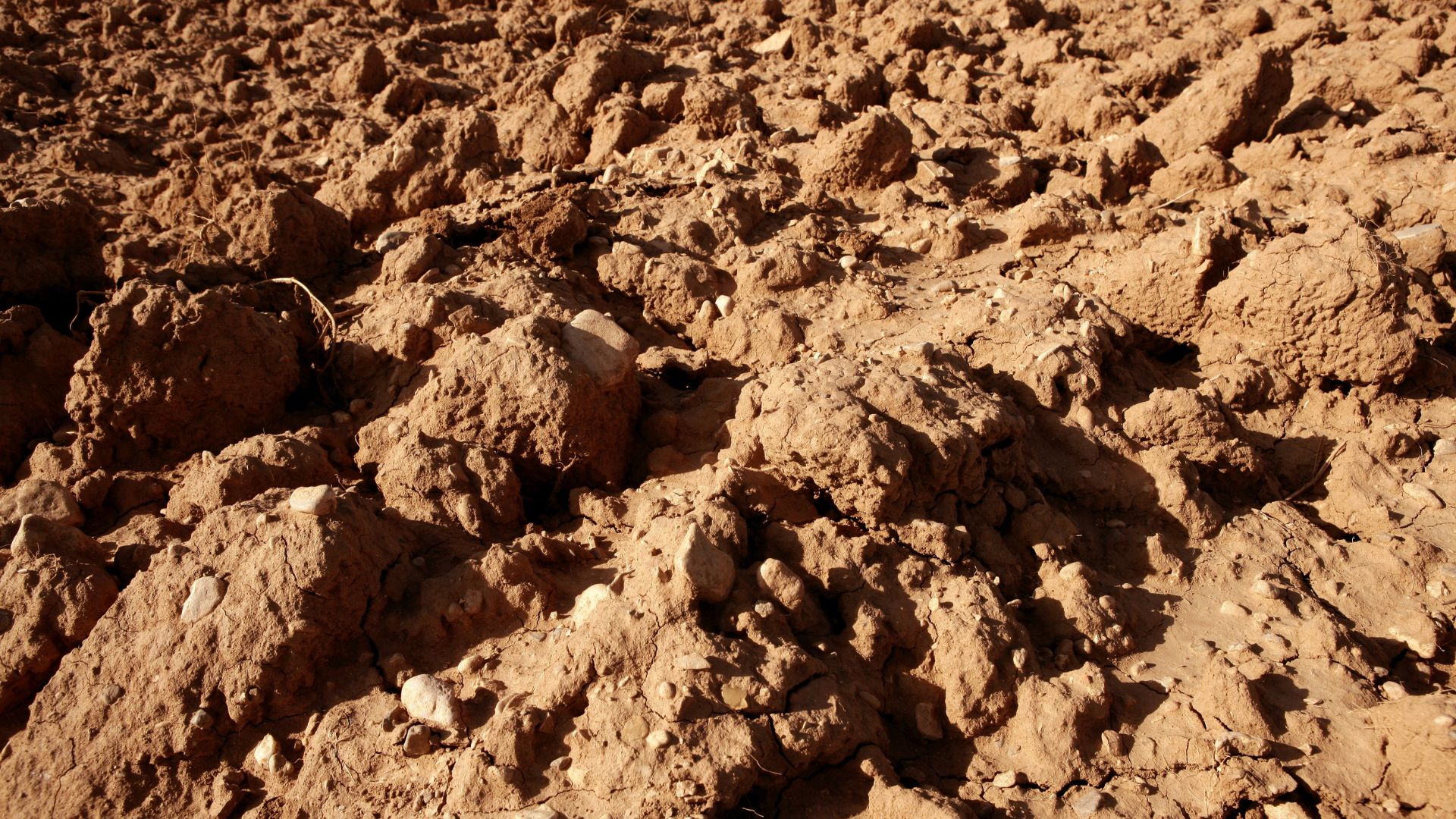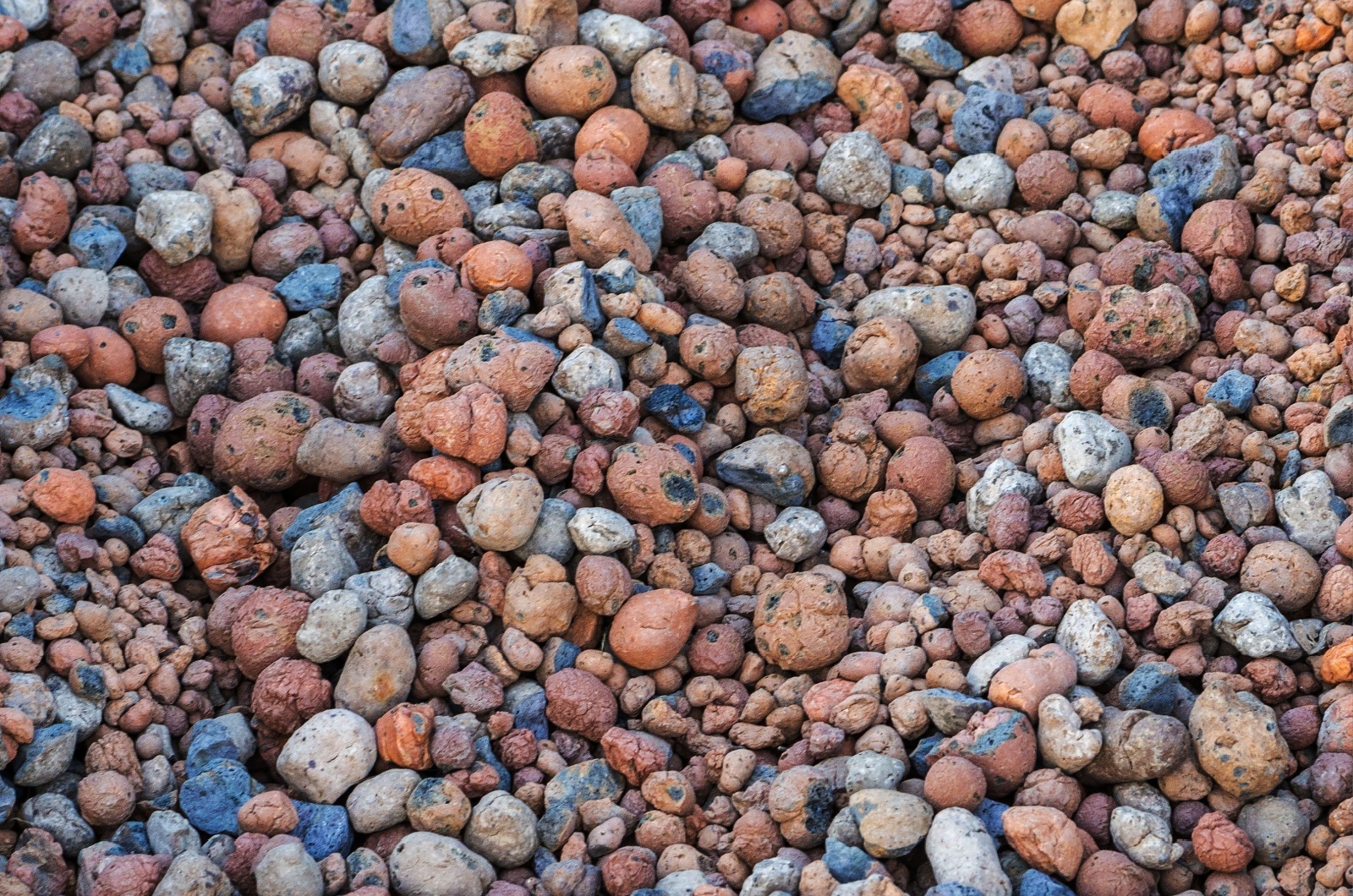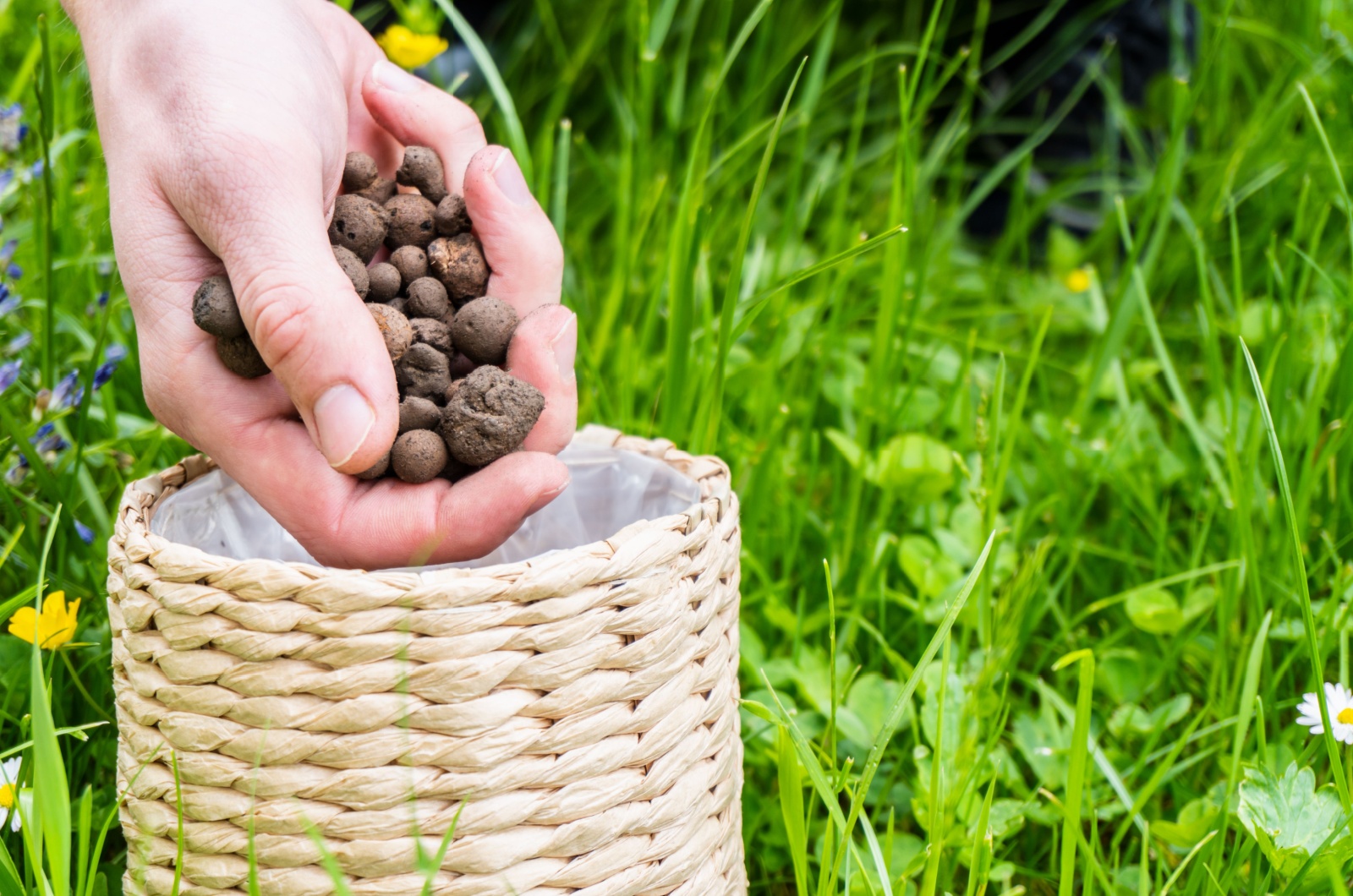Are you tired of your garden feeling like a brick yard every time you try to plant something new? Trust me, I’ve been there!
I used to dread gardening days because my clay soil would cling to my shovel like peanut butter on a spoon. Plants struggled to grow and I was on the verge of giving up, but then I discovered a few game-changing techniques that turned my gardening experience around.
Now, I’m excited to share these tips with you!
But the real question is, are you ready to dig in?
It All Comes Down To Expanded Shale
If you are ready to get down and dirty, let me introduce you to expanded shale (this stuff works like magic for your garden!).
It’s all because expanded shale has a rough, uneven shape and a sturdy nature that creates tiny microchannels in that stubborn clay soil of yours. Suddenly, your dense soil becomes looser and easier to work with – a win for both you and your plant roots!
But these aren’t just random holes; they’re essential airways that let oxygen dive deeper into the soil, which is crucial for healthy roots and all those good soil microorganisms. Plus, the porous nature of expanded shale seriously boosts soil drainage.
However, this stuff has more tricks up its sleeve than you’d imagine!
First off, those tiny pockets in expanded shale act like a sponge, soaking up water and then releasing it slowly over time. This means your plants get a steady supply of moisture even during dry spells, cutting down your watering chores.
Expanded shale doesn’t mess with your soil’s balance. No surprise pH changes or unwanted soil salinity to stress over – your green buddies will thrive without any drama.
And this isn’t just a quick fix. While organic amendments break down over time, expanded shale sticks around, keeping your soil aerated, well-drained, and perfectly moisture-balanced for the long haul!
Related: Is Your Soil Supercharged? Take The Underwear Test to Find Out
But You Have To Use Them Properly
If you like these benefits and want to try expanded shale, then you’ll have to follow the right protocol.
Wondering where to buy expanded shale? You’re in luck!
It’s sold in convenient bags at nurseries, garden centers, and soil suppliers, and you can easily find it online too. For instance, you can snag a 40-pound bag of Nature’s Creation expanded shale, which covers about 1,000 square feet, for just $11.99 at Marshall Grain.
Here’s what you can do to get started:
• Spread a 3-inch layer of expanded shale over your green patch.
• For those stubborn clay soils, lean towards the higher end of this application to ensure a complete transformation.
• Grab a garden rake and distribute the shale evenly.
• Then, use a tiller or garden fork to mix the shale into the top 6 to 8 inches of your clay soil. This step is crucial for fully integrating the shale, which will boost aeration, drainage, and moisture retention much better than a surface application alone.
• After you’ve mixed the expanded shale into your soil, go ahead and cap that shale-laced base with a 3-inch layer of well-decayed compost. This not only introduces essential nutrients but also brings in beneficial microorganisms
• And for the finishing touch, crown your amended soil with a 3-inch layer of mulch. This extra step helps retain moisture and keep weeds at bay.
What I like the most about expanded shale is that it isn’t just a game-changer for heavy clay soil; it’s also incredibly versatile for plant containers!
Mixing it into your potting mix in equal parts can significantly improve drainage and moisture retention, leading to healthier, more vibrant potted plants.
I know that dealing with heavy clay soil doesn’t have to be a nightmare. With expanded shale, you can improve aeration, drainage, and moisture retention, turning stubborn soil into a gardener’s dream.
I’ve seen this transformation in my own garden. My once sticky, tough soil is now a wonderland.
Even my potted plants are healthier, thanks to better drainage and moisture levels from using expanded shale.
Have you struggled with clay soil in your garden? What have you tried so far? Please share your experience with me!
Also read: Exactly What Does The Color Of Your Garden Soil Mean?




